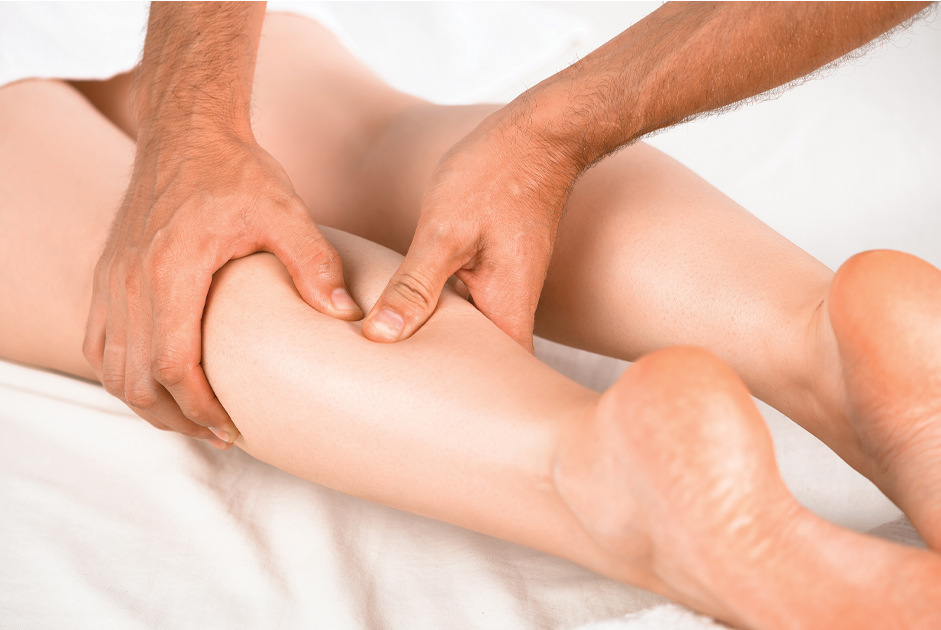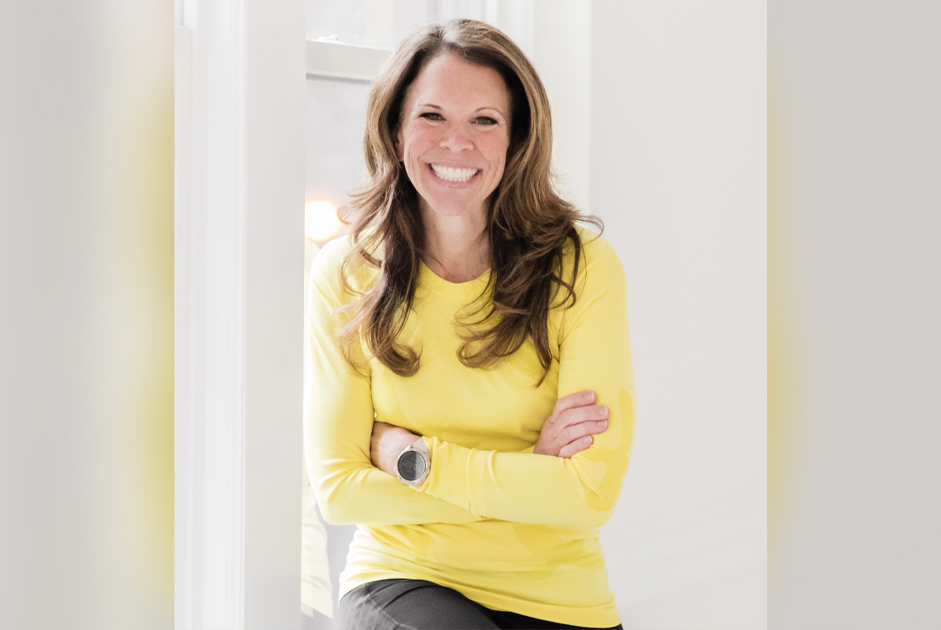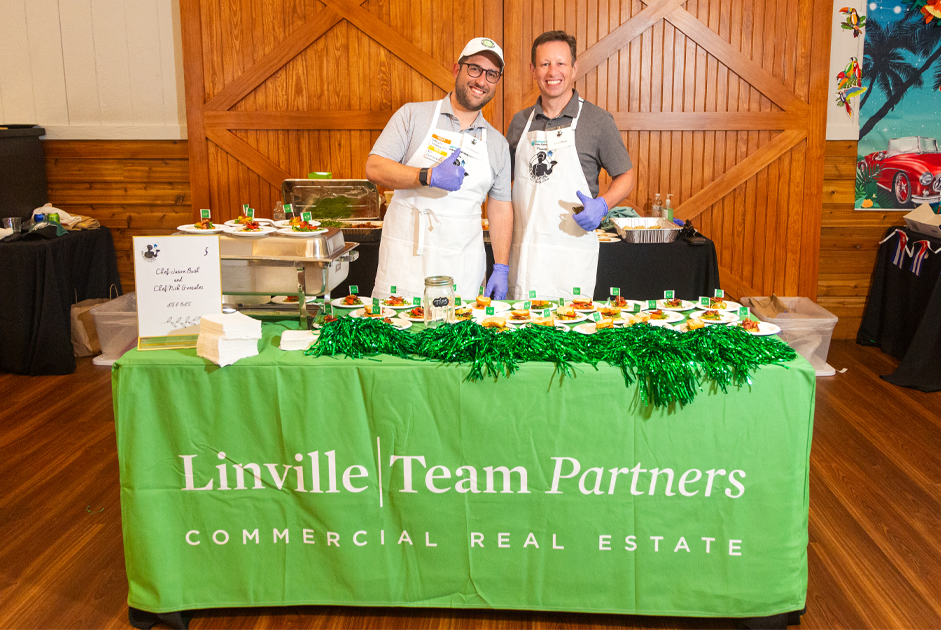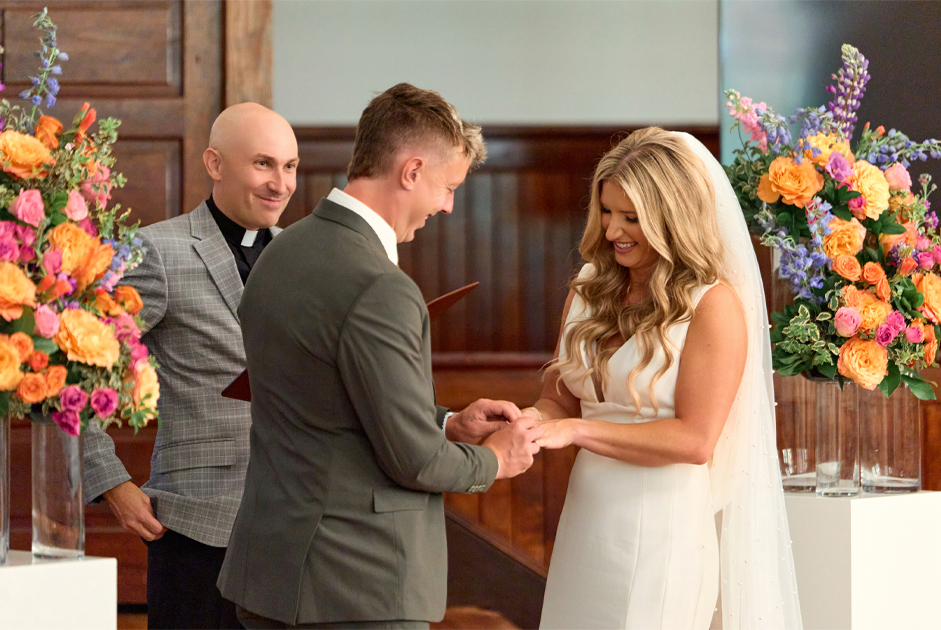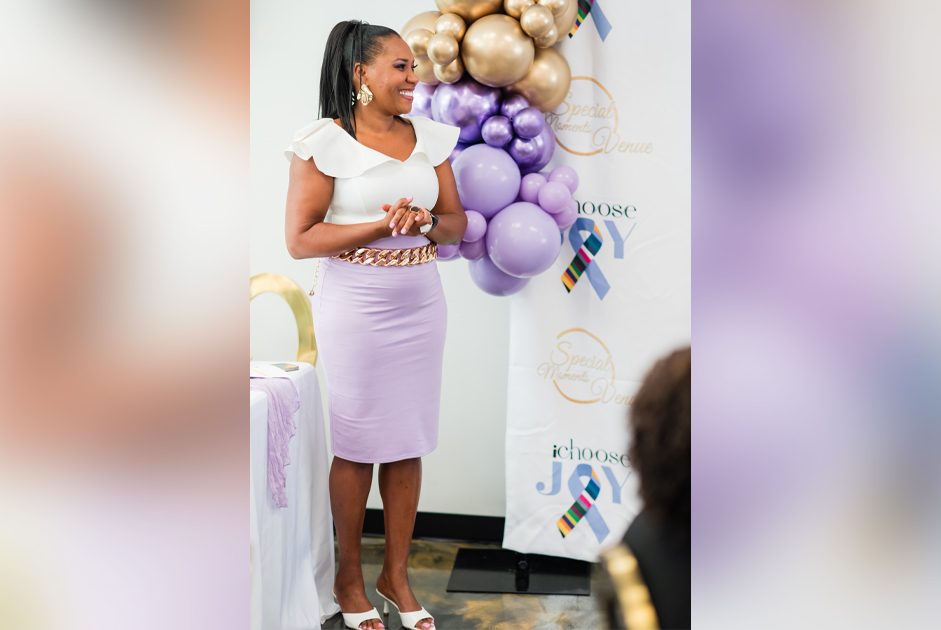Dr. Ida Rolf pioneered the research and development of bodywork named after her. Rolfing Structural Integration is a type of bodywork that focuses on the fascia, the deep layers of the connective tissue throughout the body and how the body moves as a unit.
Dr. Rolf was a biochemist and a Fellow in organic chemistry at the Rockefeller Institute. She began this journey into tissue manipulation and healing because of her and her own children’s health issues. She believed those issues were due to imbalances in the body that were affected by gravity, and that the imbalances could be reversed. She devoted her life to this research and opened the Dr. Ida Rolf Institute in 1971 in Boulder, Colorado. Since then, the institute has spread worldwide. Practitioners, called Rolfers, study the bodywork over the course of one to two years to become an accredited Rolfer. To date there are over 2,000 practicing Rolfers worldwide.
The foundation of the Rolfing Structural Integration is a process called the Ten-Series. There are ten sessions with a Rolfer. This is a standard in Rolfing that enables the Rolfer to work on specific sections of the body.
Within the Ten-Series, there are three units. The first unit is focused on what is referred to as the “sleeve” and it contains three sessions working on loosening but balancing the connective tissues. The first session is focused on improving your breath, through work on the arms, ribcage, and diaphragm. It will also work to open the tissues around your upper legs, the hamstrings, and the entire spine.
The second unit is referred to as the “core” and it focuses on balancing the support of the core of the body with four sessions. Session four starts at the inside the arches of the feet, up the legs, to the base of the pelvis. The fifth session works on balancing the surface and deep abdominal muscles to the curve of the back. Session six seeks to gain more support and momentum from the legs, pelvis, and lower back, while session seven focuses its full attention on the neck and head.
The third and final unit of the Ten-Unit is all about integration. In sessions eight and nine, the Rolfer will determine how best to achieve the integration, as the protocol is unique for everyone – no two bodies are the same. The tenth and final session is focused on integration, order, and balance.
Fascia can re-pattern itself after an injury or with repetitive muscle use and can cause restrictions in the body; the tissues that make up the fascia can change in viscosity, size, or pattern and this is what creates the restriction that can sometimes itself be painful. These restrictions can lead to a change in posture, that leads to a change in range of motion that creates an unhealthy pattern in the body over time. Rolfing works to unravel these issues by working to release the fascia restriction and restore function to the body.
Before I experienced Rolfing for myself, I had heard that it was extremely painful, but being as curious as I am about different modalities of bodywork, it did not scare me away from trying it. I would equate the painful moments to that of deep tissue massage, but Rolfing is certainly not massage and you will not find yourself asleep on the table. During my Rolfing sessions, I was asked to walk up and down the length of the room towards and away from the Rolfer so that she could evaluate my movements after working on each section of my body. At times, I laughed because I felt as though part of the office was a runway as many jaunts as I took. But this was very intuitive and made a lot of sense when really looking for improvement in the body and how the body moved as a unit through space.
Many athletes who repetitively use the same muscles in movement, take rough hits to the body or become injured, have had success with the Rolfing method. However, anyone who repetitively works on the keyboard, has had a bad fall, or plays a sport for fun can benefit from the Rolfing method. There are Rolfers available in Winston-Salem (Winston Rolfing), Greensboro (Carolina Rolfing Associates, Inc.), and High Point (vitality Rolfing).
